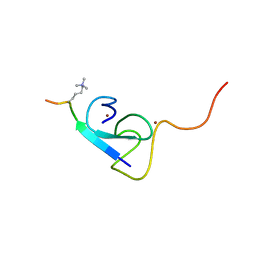-
Deposition
- BMRB annotation services
- wwPDB OneDep (PDB-BMRB)
- BMRBdep (BMRB Only)
- SMSDep
- Tutorial for deposition
- Submission manual
- FAQ
- Related Tools
- Standards and Data Formats
-
Search
- Integrated search services
- Search BMRB and more
- Alternative search services
- Search BMRB/RDF with SPARQL
- Search BMRB/XML with XQuery
- Comprehensive SPARQL endpoints
- RDF Portal
- Secondary database
- Multiple Protein Model Search
-
Archives
- Standard data
- NMR-STAR v3.1
- BMRB/XML (complete)
- BMRB/XML (noatom)
- BMRB/RDF (RDF/XML)
- BMRB/RDF (N-Triples)
- BMRB/JSON (noatom)
- Associated data
- NMR-STAR v2.1
- NMR-STAR (BMRB+PDB)
- Combined NMR restraints (NMR-STAR v3.2 or NEF)
- Validation reports
- AVS validation reports
- LACS validation reports
- SPARTA validation reports
- Completeness of assigned chemical shifts
- MolProbity structure validation reports
- Chemical shift validation reports
- Derived data
- CSI (Chemical Shift Index)
- CS-Rosetta structures
- Protein Blocks annotation
- BLAST Output (XML)
- BLAST database and FASTA sequences
- Divided FASTA sequences
- Derived data accessed by PDB ID
- DSSP
- Watson Crick basepairing
- Back calculated chemical shifts
- All-atom structure validation
- Raw data
- Timedomain data (BMRB entries)
- nmrML FID (metabolomics entries)
-
Mirrors
- BMRB mirror sites
- BMRBj, Osaka University
- BMRB, University of Connecticut
- Collaborators
- Protein Data Bank Japan
- Worldwide Protein Data Bank
- Language
- About

